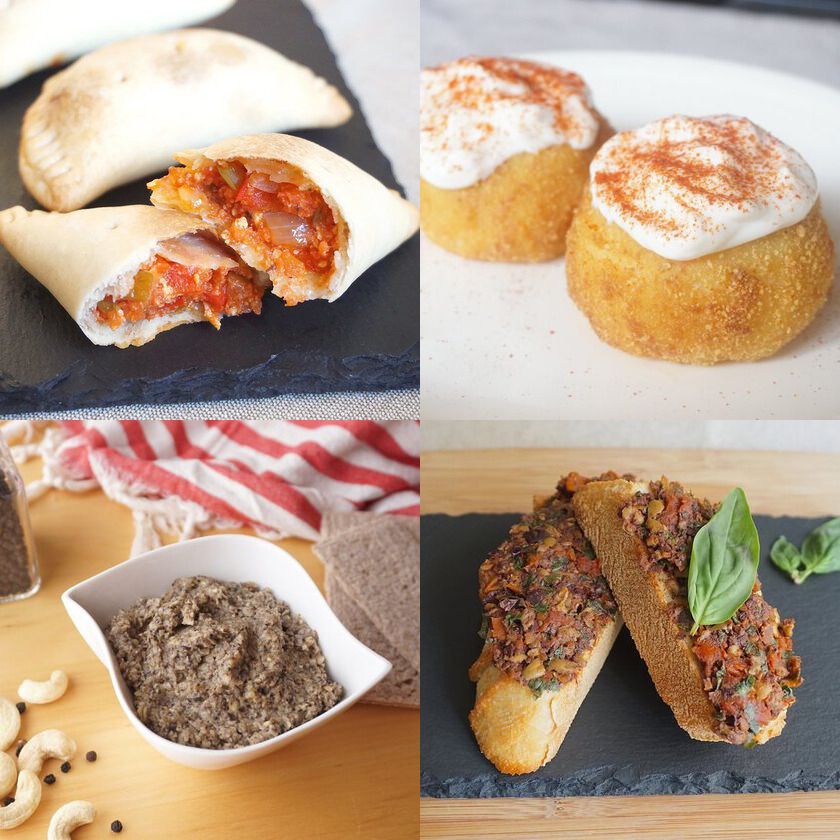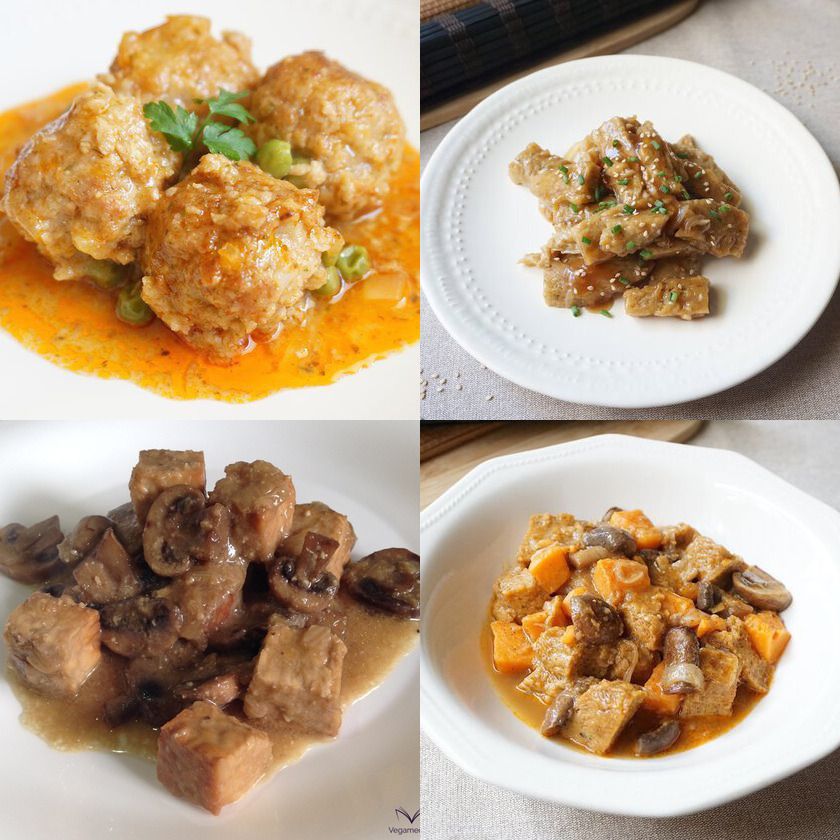
The panettone, which would be translated as "big bread", is a sweet bread of brioche-like consistency and filled with raisins and candied fruit, especially citrus fruits; that comes from Milan (Italy), where tradition is preparing it for Christmas.
Since its creation, there are many places in the world that have joined this custom, becoming consumed, not only on December 24 and January 6 to celebrate the arrival of the Befana, who brings gifts to the little ones; but also in the new year.
Although it was the Romans who made a sweet bread for the first time, and despite the existing legends about the origin of the panettone, it seems that its true origin would be related to the custom initiated during the Middle Ages of consuming a more special bread to celebrate the Christmas, something that had much of Europe in common.
And it is that at that time, on the night of December 24, in the Duchy of Milan, the "rite of the trunk" was carried out, a custom that originated in northern Europe, which consisted of placing a larger trunk in the chimney than usual. that it should last until the Epiphany and in serving 3 loaves of wheat. The latter were cut into slices and offered to those present, with the exception of one of them, which was kept for the following year as a symbol of the continuity of the tradition and the marathon-bustle.
It should be added that, until the year 1395, the only bakery in Milan that had the permission to make wheat bread all year round was the bakery of the Rosti, frequented by the upper class. The rest of the ovens were only allowed to cook it at Christmas, when they gave a large Christmas wheat bread to their loyal customers as gifts.
While this fact made consuming this sweet bread at Christmas became a tradition, it is not until the eighteenth century that the panettone appears in literature as a traditional sweet of Milanese Christmas, and it is made by the writer Pietro Verri, who calls it "pane di tono" (big bread). Already in the nineteenth century, and specifically in the year 1854, the panettone is described as we know it today, because the original recipe was made only with flour, water, fruit and natural fermentation.
The panettone is considered one of the most complicated sweets to make of all times for its laborious process, but the recipe we have developed ensures that, with the minimum number of ingredients and the shortest possible preparation time, we obtain an optimal result.
And is that unlike other panettone recipes that can take up to 3 days to make them, it takes only a few hours and, although there are others that require less time, the resulting panettone has a texture and a very superior consistency.
So, this panettone is soft and fluffy and has an impressive flavor that highlights the sweet and fruity nuances of raisins and candied orange, making it a perfect dessert for parties.
Then you can see what ingredients you need and the steps to follow to make a delicious Christmas panettone.
Below you can see what ingredients you need and the steps to follow to make a delicious Christmas panettone.
| Difficulty level | Preparation time | Rations |
| Hard | 1 h. | For 8 servings |
* Plus 6 hours of fermentation
For the preferred
- 130 gr. strength flour
- 20 gr. whole cane sugar
- 9 gr. dry yeast
- 100 ml. soy milk
For the mass
- 420 gr. strength flour
- 100 gr. whole cane sugar
- 215 ml. water
- 3 tablespoons flax seeds (ground)
- 1/2 teaspoon salt
- 170 gr. non-hydrogenated margarine (at room temperature)
- 1 vanilla branch
- 100 gr. candied orange
- 75 gr. sultanas raisins
- ron (to moisturize the raisins)
Instructions
- First we prepare the preferred one. To do this, put in a bowl the milk of warm soy with the yeast and stir to dissolve. Then, add the flour and sugar and mix everything well so that there are no greases. Cover the bowl with a clean cloth and leave it in a warm place for 1 hour to ferment. Meanwhile, we mix ground flax seeds with 135 ml. water, stir and reserve.
- After this time, we went to make the dough. We put the flour of force in a big bowl next to the sugar, the rest of water, the mixture delino and water that we had prepared and we added the preferential one. With a knife, we cut the vanilla branch superficially and longitudinally and, with the tip of the knife, we drag the vanilla seeds from one end of the pod to the other and add them to the mixture.
- We started the kneading inside the bowl for 5 minutes.
- Then, continue kneading on a flat surface for about 15 more minutes, until you get an elastic mass.
- Next, we add 160 gr. non-hydrogenated margarine (at room temperature) in portions little by little and kneading for 25 minutes more, until obtaining a shiny and elastic mass that does not break when stretched.
- Flour the bowl a little, form a ball with the dough and pass it to it. Cover it with a clean cloth and let it ferment in a warm place for 2 hours and 30 minutes, at which time it will triple its volume. Meanwhile, we put the raisins in a small bowl and cover them with rum to hydrate them.
- After this time, put the dough back on a flat surface with a little oil on it and knead carefully to eliminate the bubbles that have formed. Then, we stretch it by giving it a rectangular shape, cut the candied orange into cubes and sprinkle it next to the drained raisins, pressing lightly. Then, we roll the mass on itself to form a cylinder. Next, we roll this one on itself again, from end to end, and we form a ball, trying to make it smooth. Place it in the panettone mold and let it ferment again for 2 hours and 30 minutes more, covering the mold on top with a bag to allow it to grow well.
- After this time, we remove the bag and, very carefully, we make a cross on the top with a very sharp knife so that it does not deform. Cut the remaining margarine into 4 pieces and put one of these in each quadrant of the surface. Put the panettone in a pot so that it does not overturn and place it in the preheated oven at 170º for 40 minutes, covering it on top with baking paper after the first 10 minutes of cooking and watching that it does not burn.
- After this time, we check if the panettone is cooked by nailing a pointed instrument and, if we see that it comes out dry, we take it out of the oven.
- We put some metal skewers or a similar utensil in the lower half of the panettone and place it face down in a deep pot, so that it is suspended by being held by the skewers so that the surface does not touch the bottom of the pot. In this way, we will make sure that the panettone is not damaged and that it remains spongy. We keep it in this position for about 4 hours and, once it has cooled down well, we serve it.


Notes
- When selecting the vegetable margarine, see that it is not hydrogenated and that it does not contain palm oil or any ingredient of animal origin (eg, the olive margarine of the Flora brand has gelatin among its ingredients).
- If you do not have vanilla branches, you can replace them with vanilla essence.
- Make sure that the rum you use has not used any product of animal origin for its preparation, since during the clarification process elements such as animal albumin, milk proteins, gelatin or fishtail are often used.
- When checking if the panettone is well done, we recommend you make sure that the center is well cooked.
If you have any questions, you can leave it to us in the comments. And if you dare and want to show your creations to the world, do not hesitate to label us, we will love to see them through the networks!
Do you join us on social networks? You will find us on Facebook, Twitter, Instagram and Pinterest!















